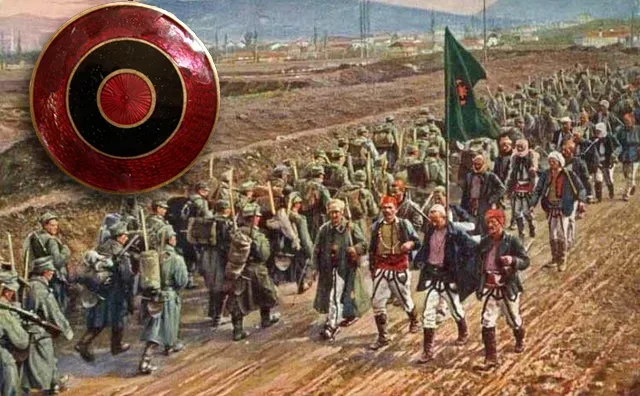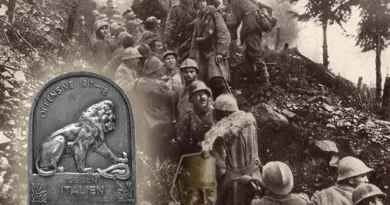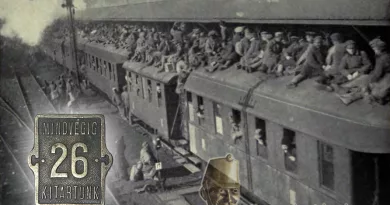February 1916: Occupation of northern Albania
After forcing Serbia and Montenegro to their knees, the attack on the Entente troops continued in Albania. Albania was neutral at the beginning of the Great War, but its ports were soon occupied by Italian troops. Attempts were made to evacuate the remains of the shattered Serbian forces from these ports. The Serbs also carried about 20,000 Austro-Hungarian prisoners of war with whom the higher command wanted to free. Thus, at the end of January, troops led by Hermann Kövess set off for Albania.
The first port, Medua, was reached by the XIX. corps already on January 28th. Unfortunately, it was too late here, because the Serb troops had already been sailed by then. The XIX. corps at that time consisted of the 63rd and the 47th Divisions. These incorporated mainly uprising battalions. The 210th and 211st Infantry Brigades were subordinated in the 63rd Division. The commander of the division was Lieutenant General Sorsich.
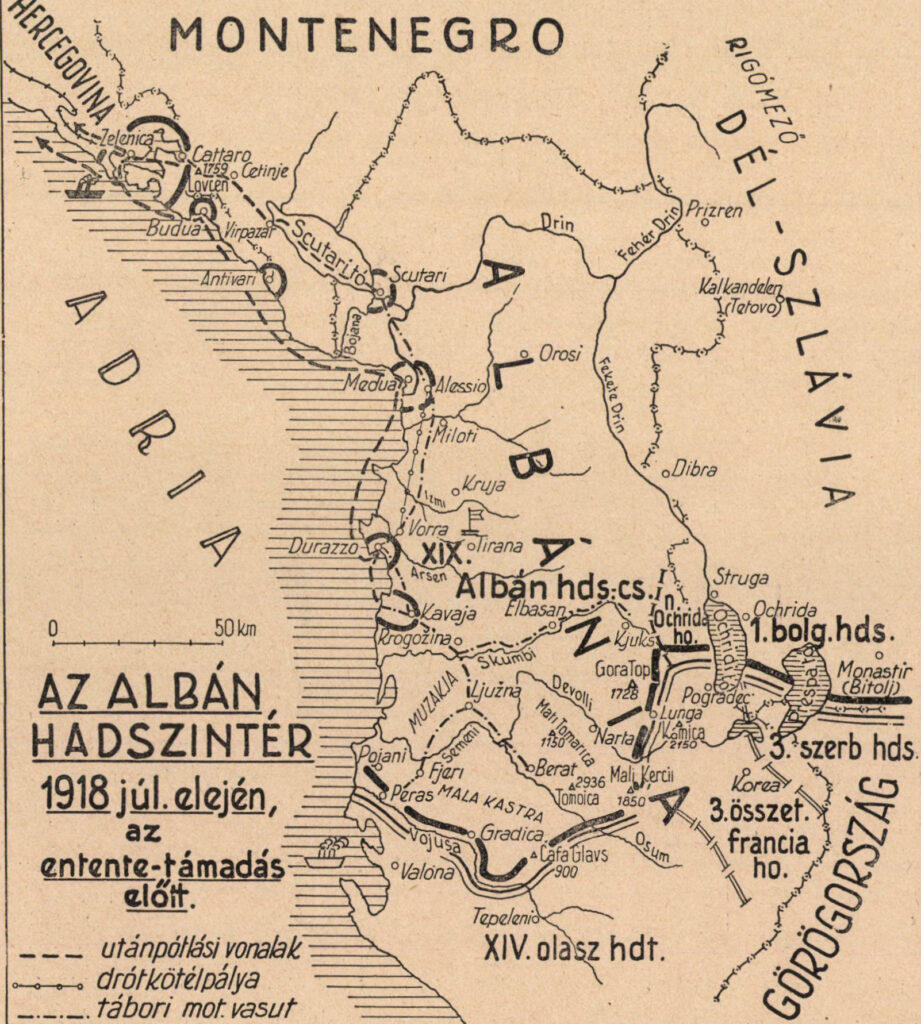
In early February, the two divisions continued their attack to the south. The next destination was to occupy the port of Durazzo and the capital Tirana, which is at the same height but somewhat to the east from the port in the mainland. The 63rd Division marched against Durazzo. In the mountainous terrain, progress was very slow under winter conditions. The Austro-Hungarian troops made contact with the Italian brigade defending Durazzo only on 23 February. The port was occupied after three days of battle as Italian defenders gradually emptied the terrain and sailed away. Serbian troops and surviving fragments of prisoners of war had previously been removed from here. The areas south of the city were still occupied by Austro-Hungarian troops, but they no longer reached Vallona further south, which was occupied by the Italians. This port has become one of the bases for the Entente sea lock that closed the Adriatic in the Ottranto Strait.
The occupation of Albania was important mainly because the Austro-Hungarian military leadership was finally able to claim a victorious military operation. The operation itself did not achieve its goals. The fleeing Serbs were not caught, the deported prisoners of war could not be released. The southern half of Albania remained under Italian occupation, so blockade of the Adriatic was still possible, and fleet units were still unable to reach the Aegean Sea. Of the Albanian volunteers sympathizing with the Austro-Hungarian troops, the leadership of the Monarchy also tried to organize regular units, with moderate success.
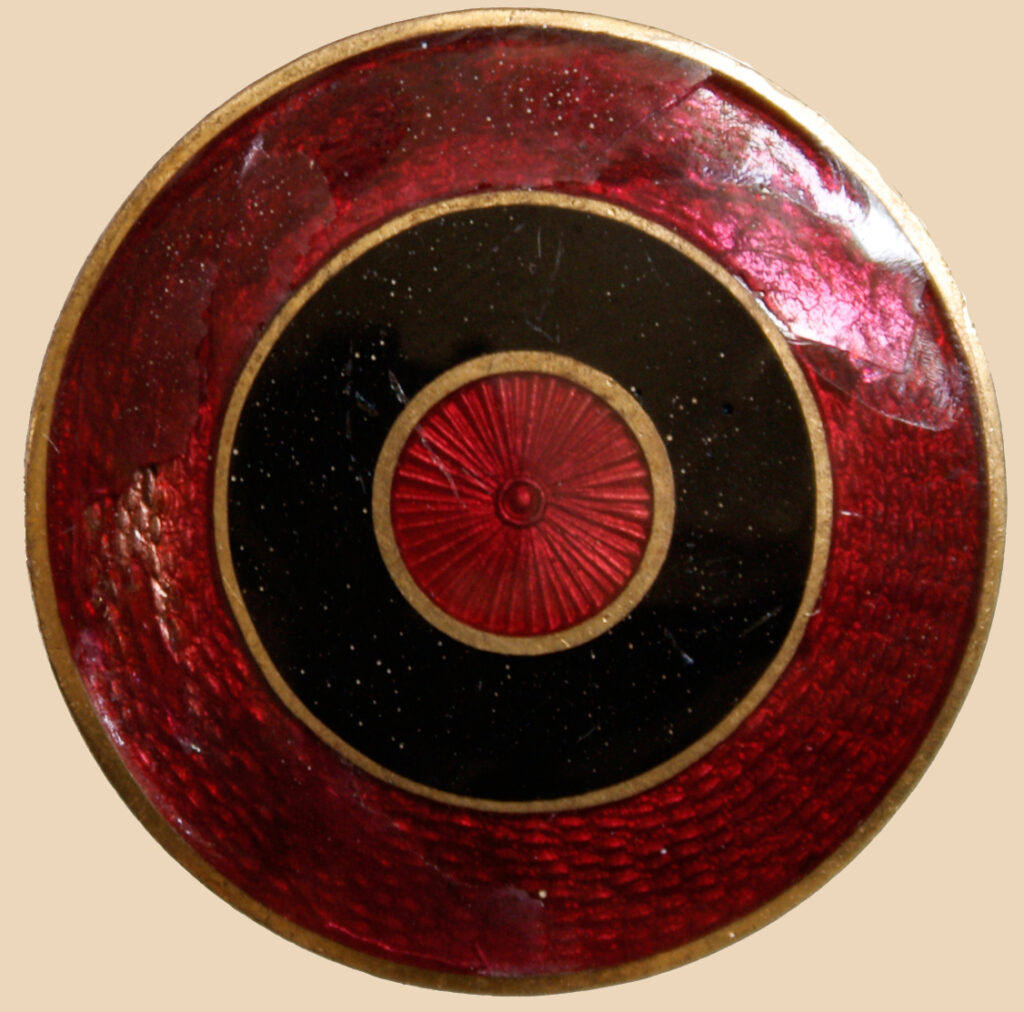
In the post introducing Durazzo, I have previously described the insignia of the two units involved in the fighting (Division 63, Brigade 211). To this post I enclose a beautiful fire enamel cockade made for units organized from the area. The post card also shows regular A-H troops marching with Albanian insurgents coming by.

